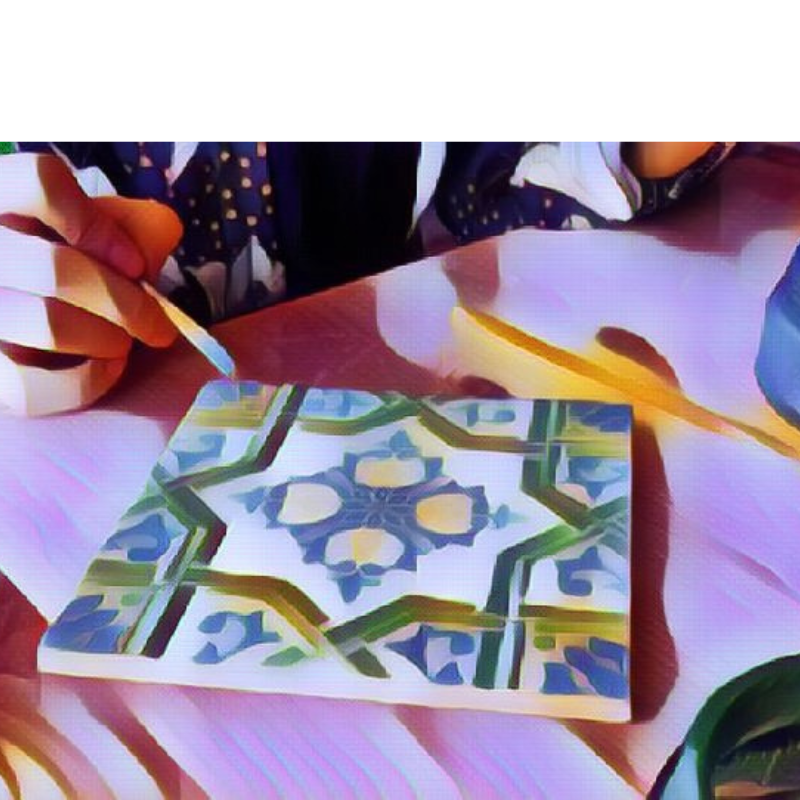Tile painting: Tips on How to Paint

Tile painting has been a popular pastime for centuries. It is believed to have originated in ancient Egypt and over time, it has become an art form practiced by both professional and amateur artists alike. Tile painting can be used to create beautiful decorative pieces or functional works of art such as murals or backsplashes.

The Portuguese tile painting has been around since the 16th century, with some of its earliest examples being used to adorn churches and palaces. In the 17th century, this art form spread to private homes, becoming a popular decorative element for both interior and exterior walls.
The Portuguese have long embraced tile painting as a way to show off their creativity, combining traditional motifs with the latest trends. Each region has its own unique style, which is reflected in the artistry of tile paintings that can be found throughout Portugal today.
Traditional Portuguese tiles are usually either hand-painted or glazed and come in a variety of designs and colors. Common motifs include floral and geometric designs, as well as traditional scenes from everyday life. Today, you can find tiles depicting everything from figures in national dress to agricultural scenes.

To begin painting tiles, you'll need a few supplies.
First, select the type of tile you want to paint on: ceramic or porcelain are two popular choices. You will also need primer and paint that is specifically designed for use on tile. Once your supplies have been gathered, it’s time to get started!
Begin by cleaning the tiles with a mild cleaner and water. Then, you will use the primer to create an even base for your paint. Make sure to apply the primer in thin coats and allow it to dry completely between each coat. Once your primer has dried, you can start painting!
When selecting colors for your tile painting project, decide on a color scheme in advance and make sure to use waterproof paint. Apply the paint to your tiles with a brush or roller, making sure not to overload it with too much paint. Allow the painted tiles to dry completely before moving on to the next step.
If you want an extra layer of protection for your tile painting project, you can add a clear sealant or varnish to your finished tiles. This will help protect them from wear and tear, as well as make them easier to clean.

Tile painting can be a fun and rewarding art form that anyone can try! With the right supplies and a bit of patience, you can create stunning works of art on your tiles. So, get that brush out and get painting! You never know what kind of masterpieces you’ll come up with. Good luck!


